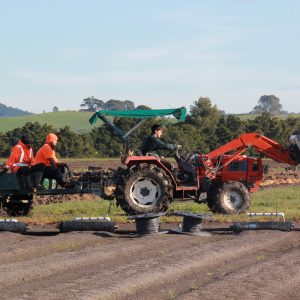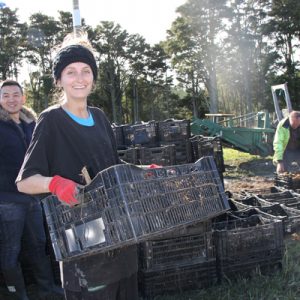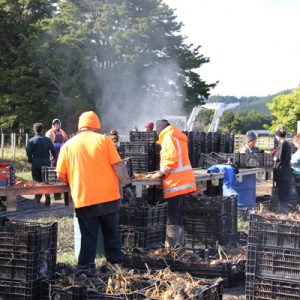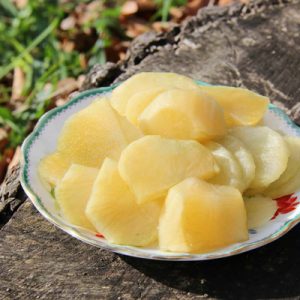Generally, looking at the history of the Sea-Dweller collection, we know the very modern Sea-Dweller. While, we suppose that you keep up with the previous articles on the four preceding Sea-Dweller models before delving into reading this article about the replica rolex watches. Replica Rolex laid aside the Sea-Dweller model interested in a new and much larger Deepsea Sea-Dweller watch in 2019. Nonetheless, after six years, the Swiss watchmaking monster decided to bring it back.
Another something to be Pride of Aotearoa New Zealand
By conducting rigorous scientific studies, New Zealand biochemist Dr Welch developed a technology that can retain a high level of fructo-oligosaccharides (FOS). FOS is one of the best-known prebiotics recognised by the World Health Organisation (WHO) Working Group.
With the support from Dr Douglas, Dr Welch and his team experimented on the three yacon cultivars in ten districts in New Zealand. After ten years of study, they uncovered the secrets of yacon and discovered the cultivar that accustoms best to New Zealand’s climate. Up to 16% of the cultivar’s flesh is FOS. It is among the highest in the world, and the cultivar is now known to the world as cultivar New Zealand.
The cultivation of yacon in New Zealand was a great success. But Dr Welch did not just stop there. His focus of research switched to the extraction of yacon juice and the retention of FOS. In 2012, years of diligent work paid off, his technology can retain the highest level of FOS without losing the plant’s other healthy constituents such as polyphenol antioxidants. The consistency of New Zealand yacon prebiotic is as high as 80 °Bx, of which, up to 60% is natural FOS.

A History of Yacon
-

The First Representation of Yacon on Textile
Yacon’s history goes far back beyond the Incas. The first representations on textiles and ceramics have been found in an archaeological deposit of Nazca and date back to 500 -1200 A.C.
-

The First Written Record of Yacon
The first written record of the plant is from 1615 in a list of 55 native crops cultivated by the Andeans. One other early allusion is from 1653, describing yacon’s use as a fruit and its capacity to withstand several days of transport by sea.
-

The First Importation to New Zealand
Auckland nurseryman Dick Endt and his wife Annemarie brought the first few plants of yacon from South America to New Zealand as a garden curiosity. There are still a few yacon plants in private gardens from that importation.
-

The Introduction to Japan
The successful cultivation of yacon fruit in New Zealand and the healthful qualities have attracted the attention from Japan. Yacon was then introduced to Japan, Korea and other Asian countries.
-

Recorded by National Research Council
Yacon was listed among other 33 crops in National Research Council’s 1989 publication Lost Crops of the Incas – Little-Known Plants of the Andes with Promise for Worldwide Cultivation for its overlooked advantage of high nutritional quality.
-
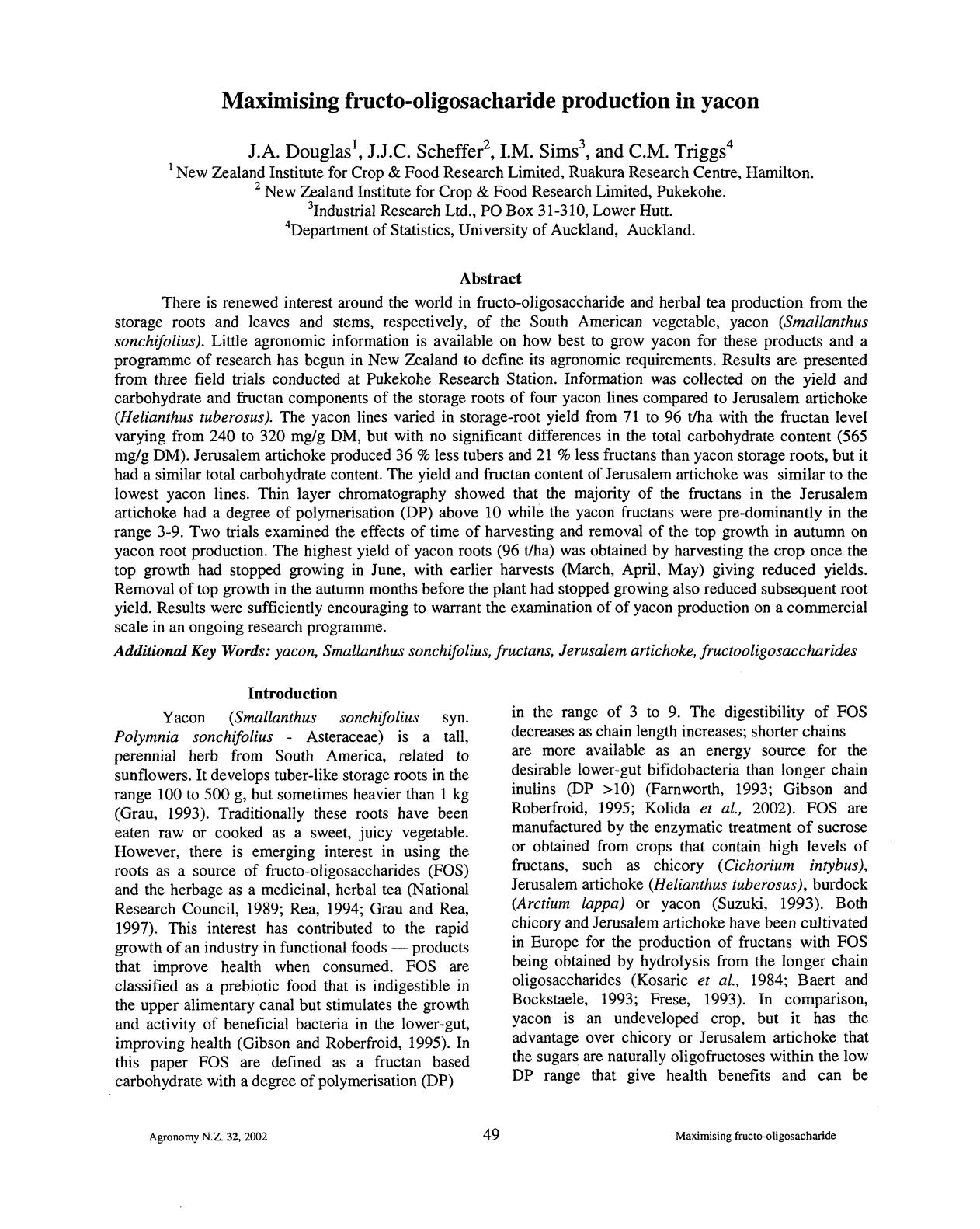
New Zealand Started to Investigate the Prebiotics in Yacon
New Zealand Government scientists Dr Robert Welch and Plant scientist Dr Jim Douglas with Crop & Food Research started looking into the natural prebiotic in Yacon. They published their study on how to maximise FOS production in Yacon in 2002.
-

Cultivar New Zealand
With Dr Douglas’s help Dr Welch and his team spent ten years experimenting on the three yacon cultivars in ten districts all over New Zealand. They discovered the best yacon cultivar for New Zealand’s climate. At present New Zealand’s yacon cultivar contents the highest percentage of healthy fructooligosaccharides (FOS) in the world thanks to the scientists’ diligent work, New Zealand’s climate, fertile soil and the clean and pure environment.
-
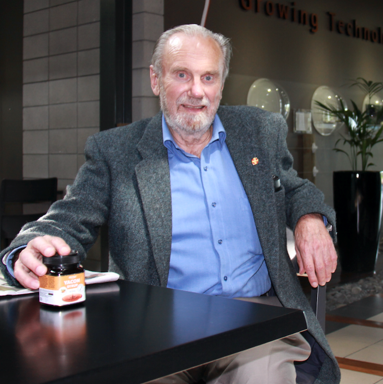
Yacon Syrup Extraction & FOS Retention Technology
The introduction of yacon fruit to New Zealand was a great success. But Dr Welch did not just stop there. His focus of studies transited to the extraction of yacon juice. In 2012, years of diligent work has paid off, his extraction technics can preserve the nutrients of yacon to the highest possible, the consistency of yacon syrup is now as high as 80%.
Meet Our Lovely Yacon Growers
